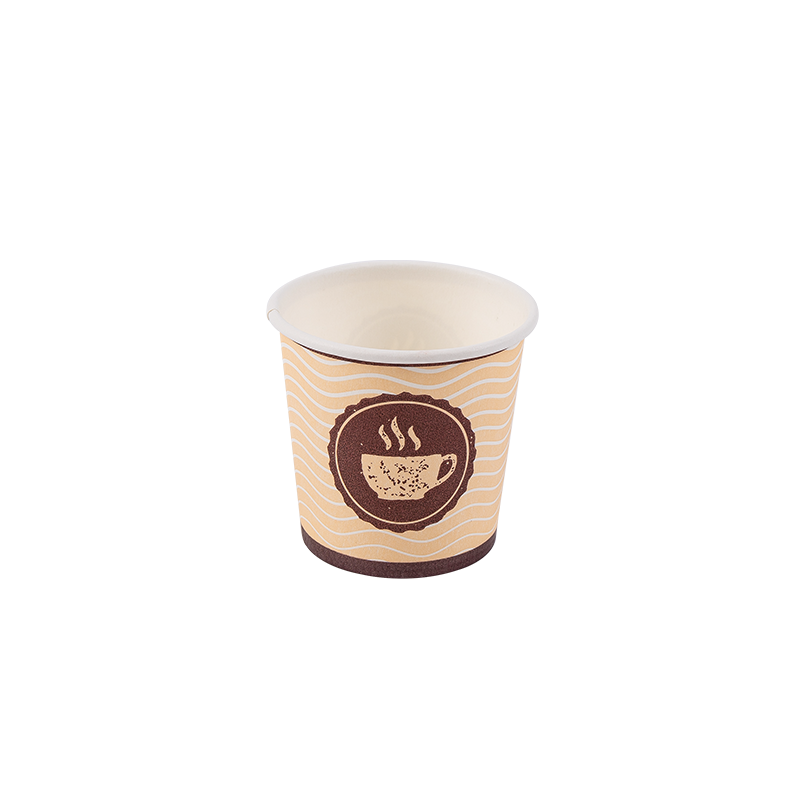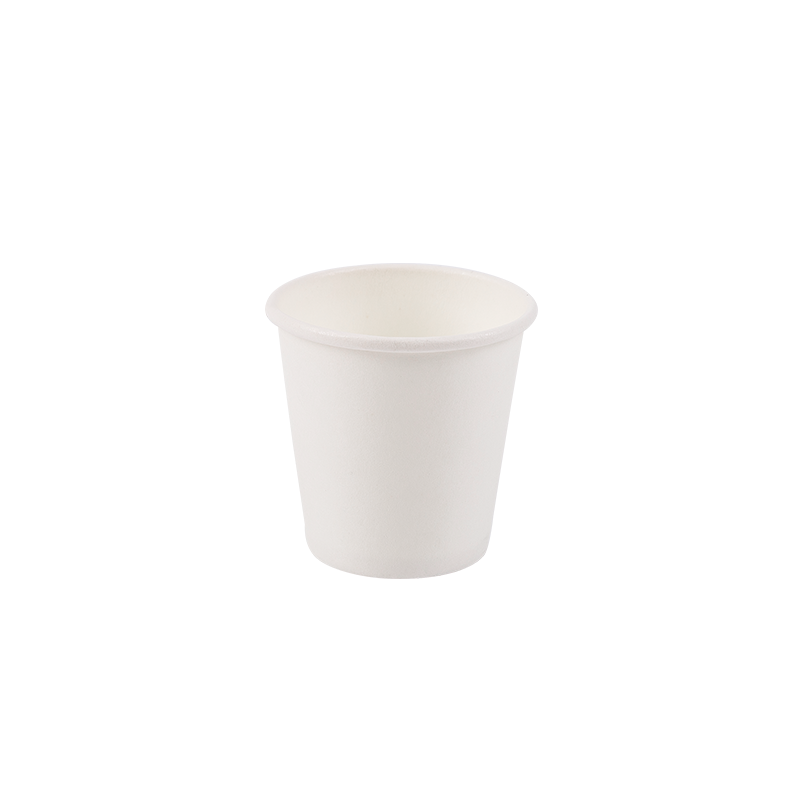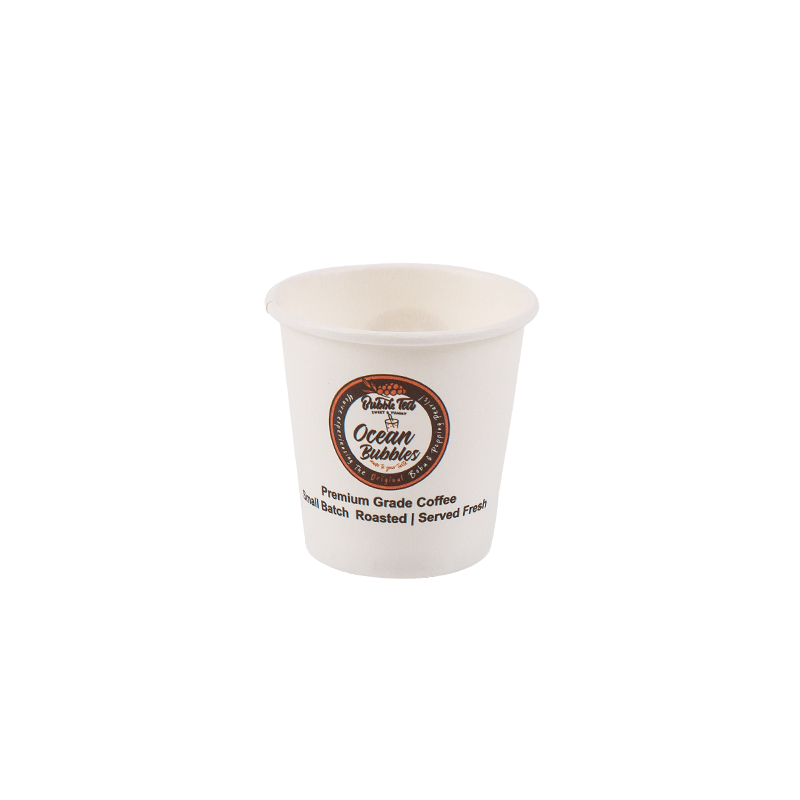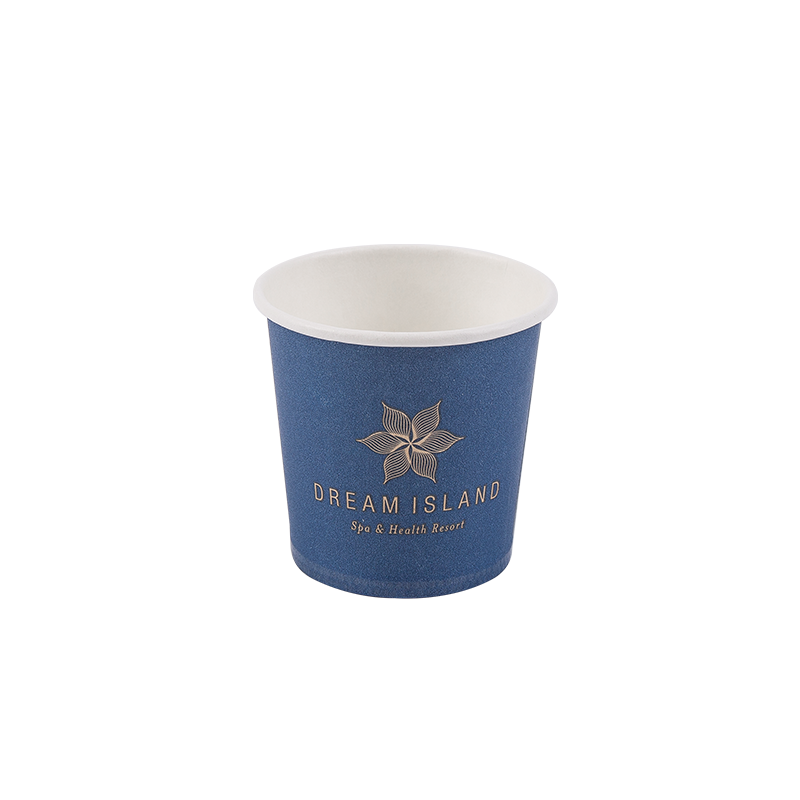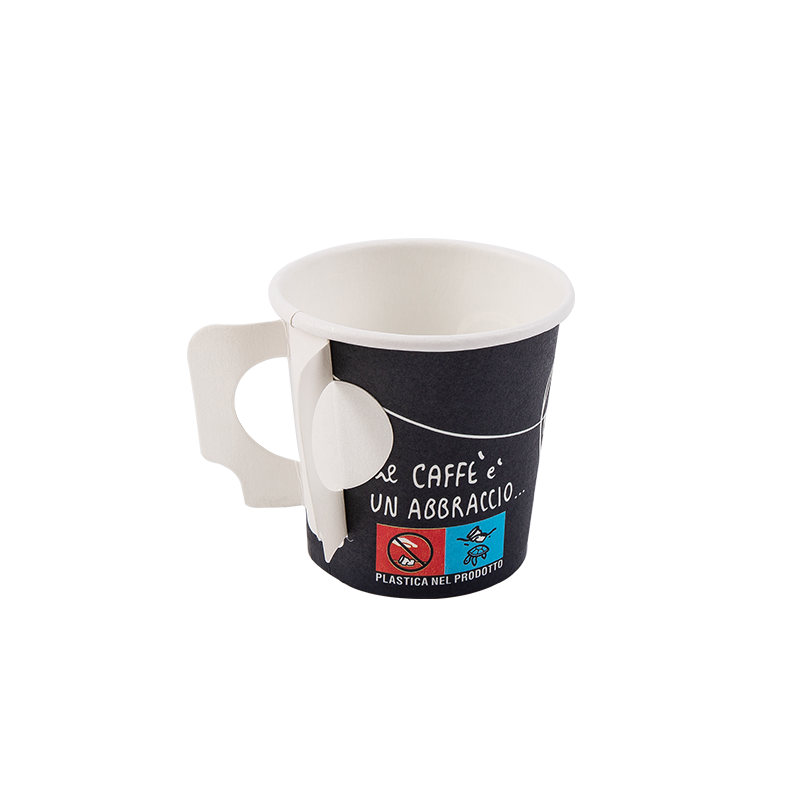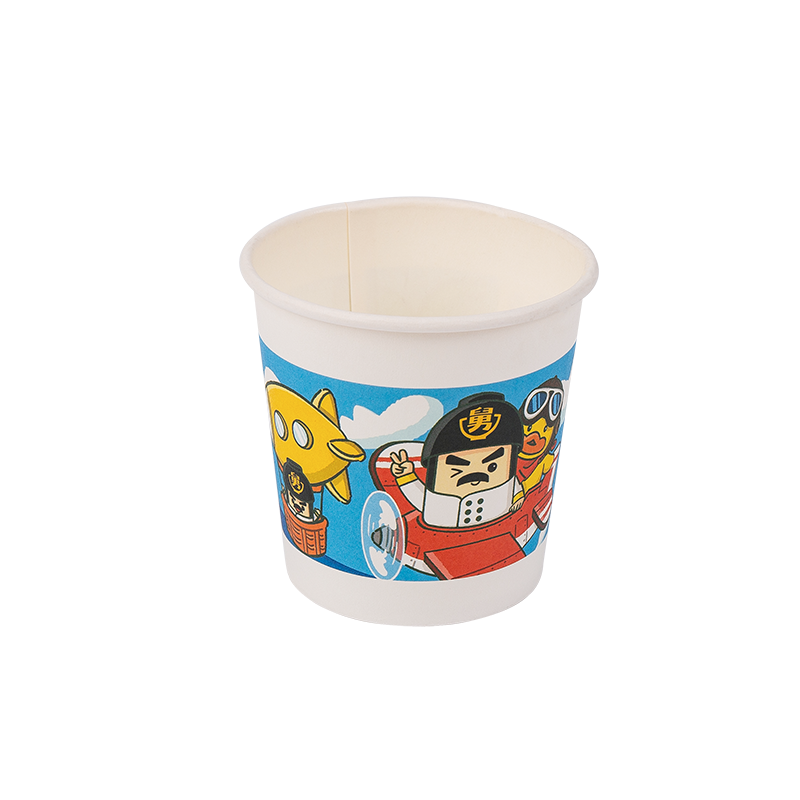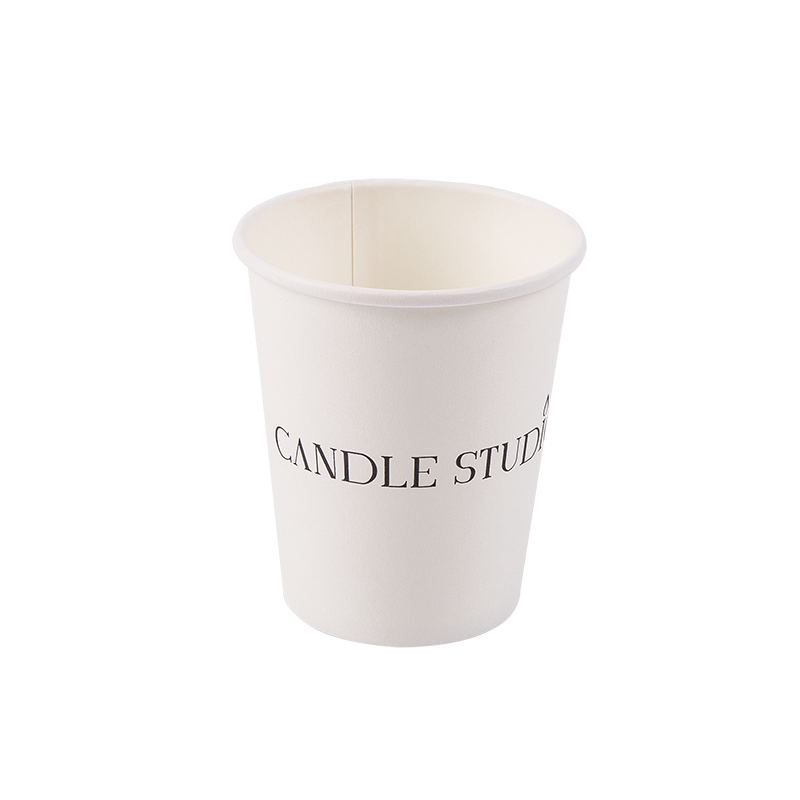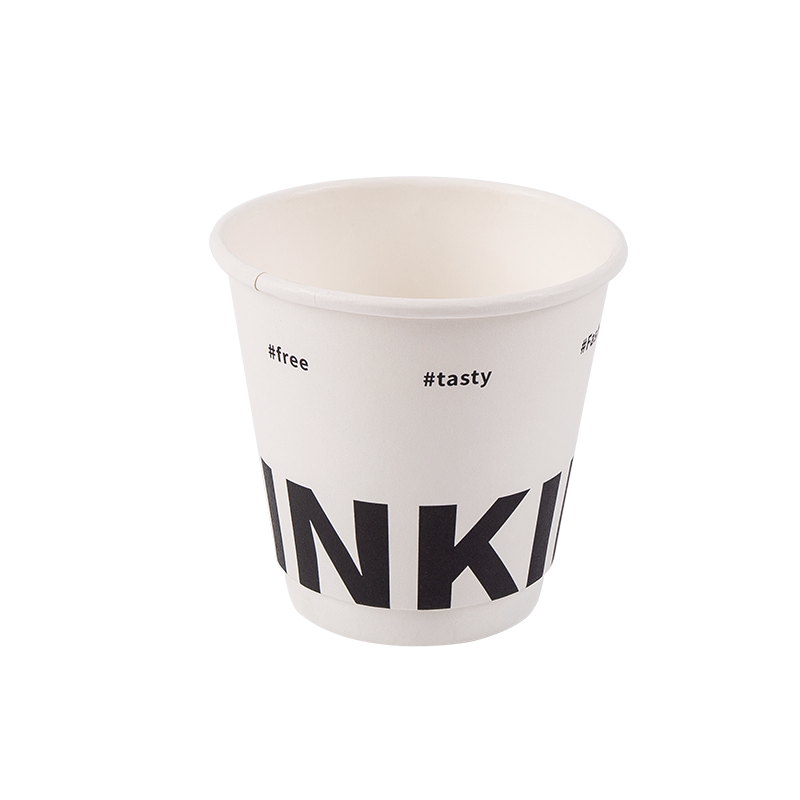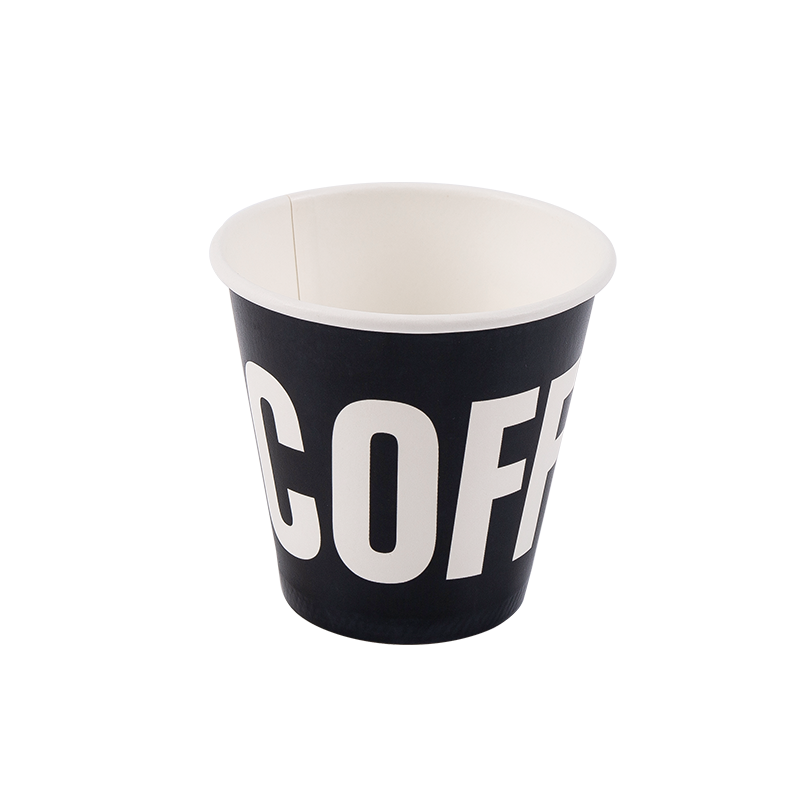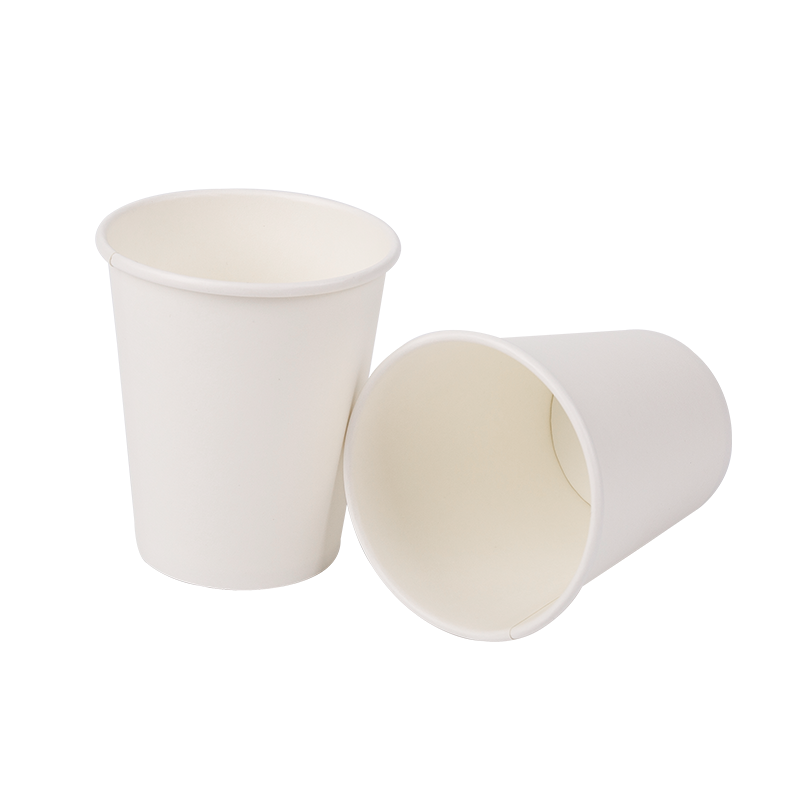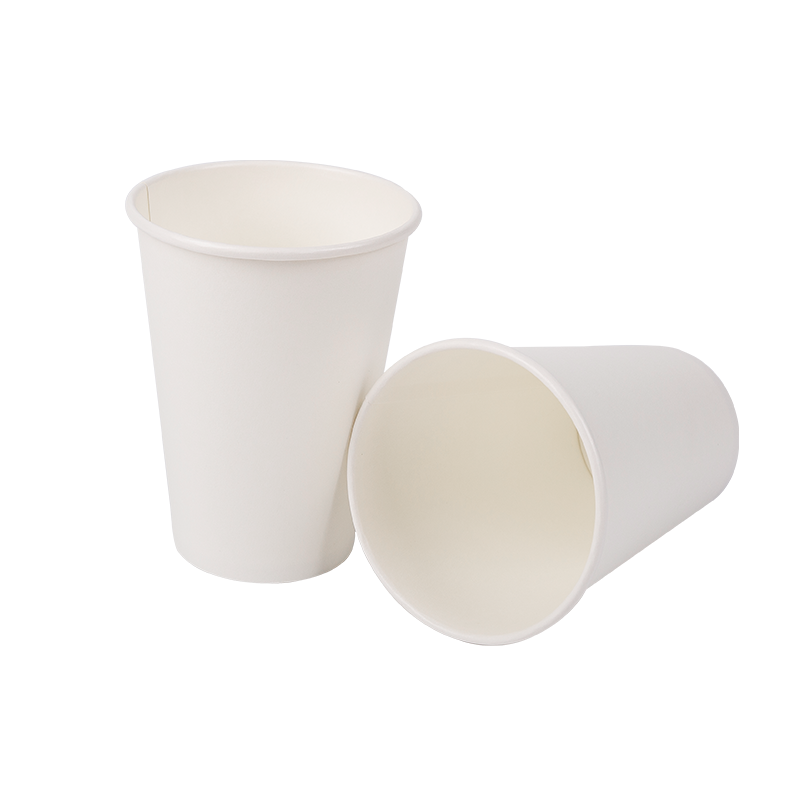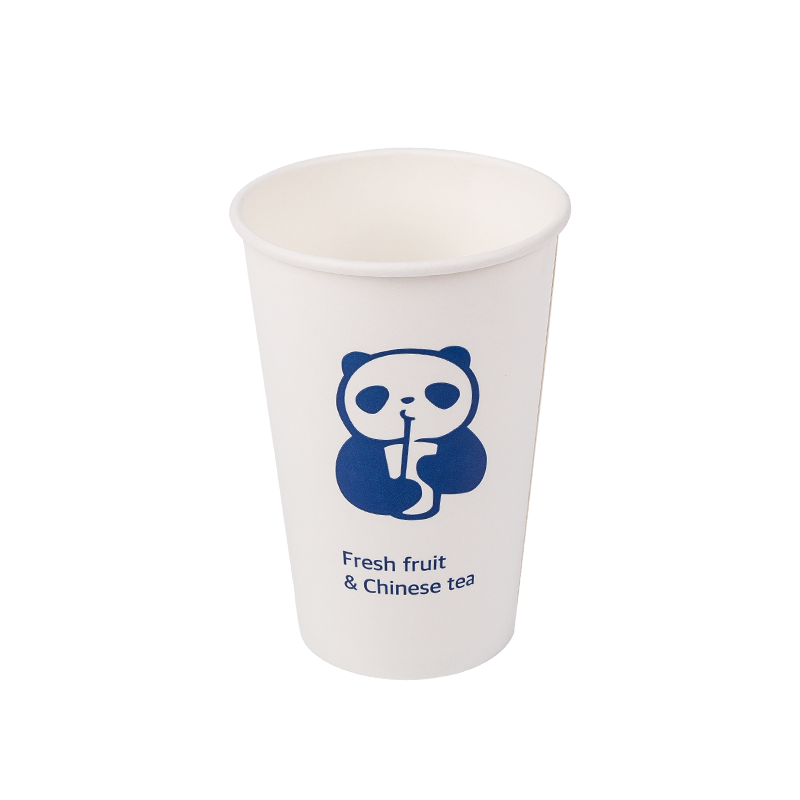In the fast-paced world of food and beverage delivery, ensuring product integrity and customer satisfaction is paramount. While the focus often falls on the main dishes or drinks themselves, the unsung hero often overlooked is the humble disposable cup tray. Far more than just a holder, these trays play a critical role in maintaining beverage stability, preventing spills, and ultimately enhancing the customer experience.
Understanding the Benefits: Why Cup Trays Are Essential
The advantages of incorporating disposable cup trays into your delivery process extend beyond simple convenience:
-
Spill Prevention: This is arguably the most significant benefit. Trays secure cups, minimizing movement and drastically reducing the risk of spills during transit, especially over varied terrain or during sudden stops.
-
Stability and Organization: Multiple drinks can be carried securely and efficiently. This prevents cups from toppling over, keeping them upright and organized within the delivery bag.
-
Improved Customer Experience: Customers receive their beverages intact and presentable, reflecting positively on your brand's attention to detail and quality of service.
-
Enhanced Driver Efficiency: Drivers can carry multiple drinks with one hand, freeing up the other for other items or navigating, leading to faster and more efficient deliveries.
-
Hygiene: Trays provide a clean and contained way to transport beverages, reducing direct contact with the cups by the delivery person.
-
Brand Presentation: Many trays can be customized with logos or branding, offering a subtle yet effective marketing opportunity.
Choosing the Right Tray: Factors to Consider
Selecting the appropriate cup tray is crucial for optimal performance. Consider these factors:
-
Material:
-
Molded Fiber (Pulp): Environmentally friendly, often made from recycled materials, and naturally absorbent. Good for hot and cold beverages.
-
Corrugated Cardboard: Sturdy and durable, offering good protection. Can be customized easily.
-
Plastic (Recycled PET): Lightweight, water-resistant, and often clear for visibility. Less common for hot drinks.
-
-
Capacity: Trays typically come in 2-cup or 4-cup configurations. Choose based on your average order size and delivery volume.
-
Cup Size Compatibility: Ensure the tray's compartments are appropriately sized for the various cup dimensions you use (e.g., small coffee cups, large sodas).
-
Stackability: For storage and efficiency in the kitchen or packing area, consider trays that stack easily without taking up excessive space.
-
Durability: The tray must withstand the rigors of transit without tearing or collapsing, especially when carrying full, heavy beverages.
-
Eco-Friendliness: With increasing environmental awareness, opt for biodegradable, compostable, or recycled material options where possible.
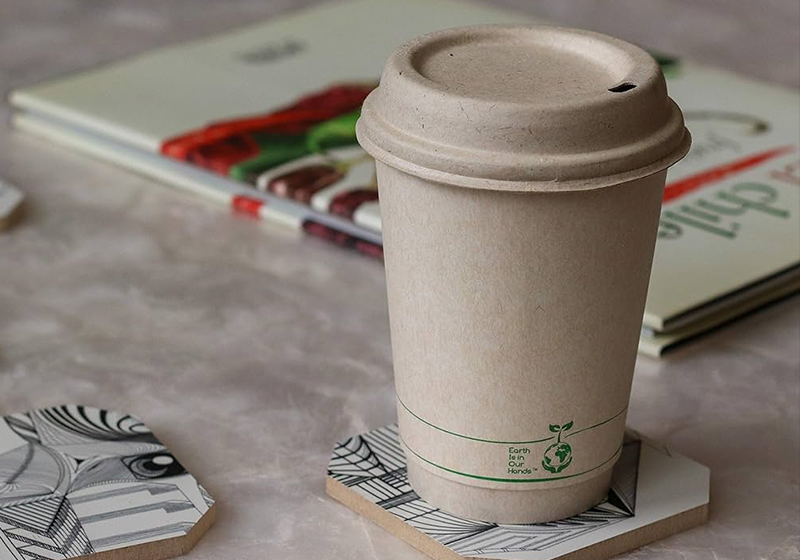
Best Practices for Effective Tray Utilization
Beyond just placing cups in trays, consider these best practices for seamless delivery:
-
Proper Cup Placement: Always ensure cups are securely seated in the tray's compartments. Avoid overcrowding or misaligned cups.
-
Securing the Tray: For longer distances or more delicate drinks, consider placing the cup tray within a larger, stable delivery bag or box. Some delivery bags have dedicated compartments for cup trays.
-
Temperature Control: If delivering hot and cold beverages in the same order, consider separate trays or delivery bags to maintain desired temperatures.
-
Training Staff: Ensure all staff involved in packing and delivery are trained on the correct use of cup trays and the importance of secure packaging.
-
Customer Communication: If an order includes drinks, consider a note or reminder to the customer about handling the tray carefully upon receipt.
-
Stock Management: Maintain an adequate supply of various tray types to meet demand and avoid last-minute shortages.
The Future of Beverage Delivery: Innovation in Tray Design
The disposable cup tray market is continually evolving. Innovations include:
-
Integrated Handles: Some designs incorporate a handle for easier carrying by the customer.
-
Modular Designs: Trays that can connect to accommodate varying order sizes.
-
Enhanced Insulation: Trays with features that help maintain beverage temperature for longer.
-
Sustainable Materials: Continued development in plant-based plastics and more robust recycled materials.
Conclusion
Disposable cup trays are not merely an accessory but a fundamental component of a successful food and beverage delivery operation. By understanding their benefits, choosing the right products, and implementing best practices, businesses can significantly enhance efficiency, reduce waste, and, most importantly, deliver a superior customer experience. Investing in quality cup trays is a small yet impactful step towards optimizing your delivery service and building a stronger brand reputation.










 English
English русский
русский Español
Español 中文简体
中文简体